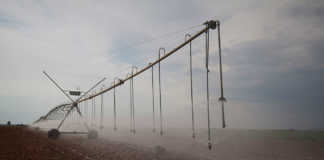“The movement in the international oil price is the biggest driver,” said Josina Solomons, commodity analyst at Rand Merchant Bank. The oil price dropped below US$91/barrel on 22 June, significantly down from this year’s high of US$124/barrel in March. The July cuts came on top of a 55c/l petrol and a 25c/l diesel price cut in June.
“However, the combined petrol cuts of 144c/l over June and July still doesn’t recover from increases amounting to R160c/l since the start of the year. On the other hand, diesel has increased by around 70c/l since the start of the year so the combined price cuts of 87,5c/l means diesel is lower now than at the start of the year,” said Solomons.
The lower fuel price should have a further positive effect on inflation, she said. “There has been a definite drop in inflation. Inflation came down quite sharply in May to 5,7% year-on-year compared to 6,1% in April.” Phil Tozer, sales and marketing executive of Astral’s poultry division, said the fuel price cuts would offer some relief to the poultry industry, which is currently staggering under the effect of excessive imports of cheap poultry.
“Energy inputs, such as diesel, gas and electricity, have become a massive cost driver. In excess of 20% of Astral’s total input costs are spent on energy,” Tozer said. He said fuel efficiencies could be improved by having processing facilities, broiler farms and markets in closer proximity to one another. The group’s most cost-effective site in SA is in Standerton surrounded by a large agricultural belt. “Maize can be sourced locally and the site is a very big supplier to Limpopo and Mpumalanga.
Fuel efficiencies can be achieved because of closer routes to markets and feed sources. We will be centring investment in capacity around Standerton going forward,” Tozer said. And while the fuel price might be lower, the cost of keeping chicks warm in winter is escalating. “The need to keep birds warm requires a combination of coal and gas.”












